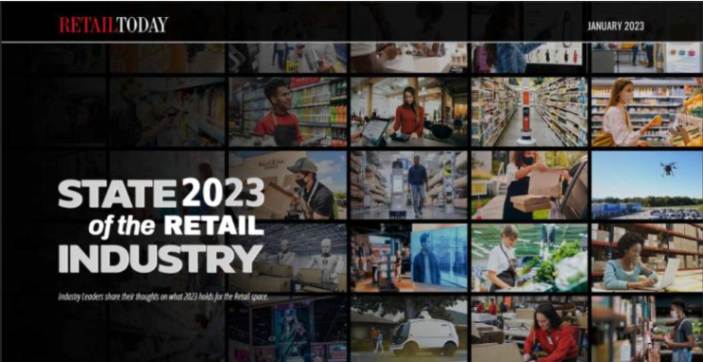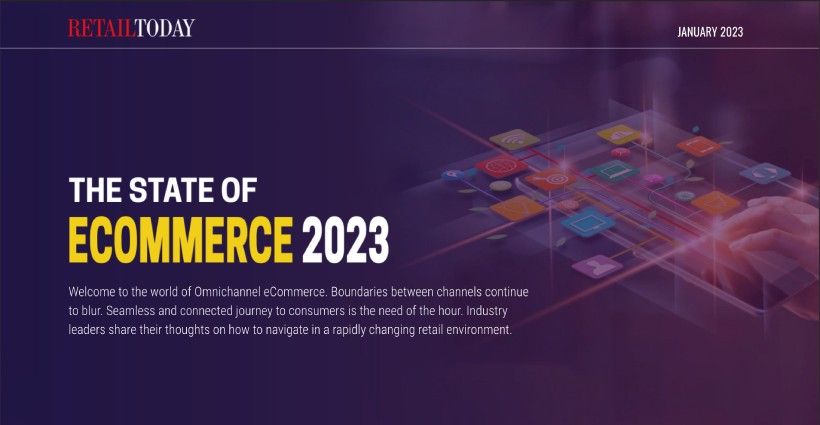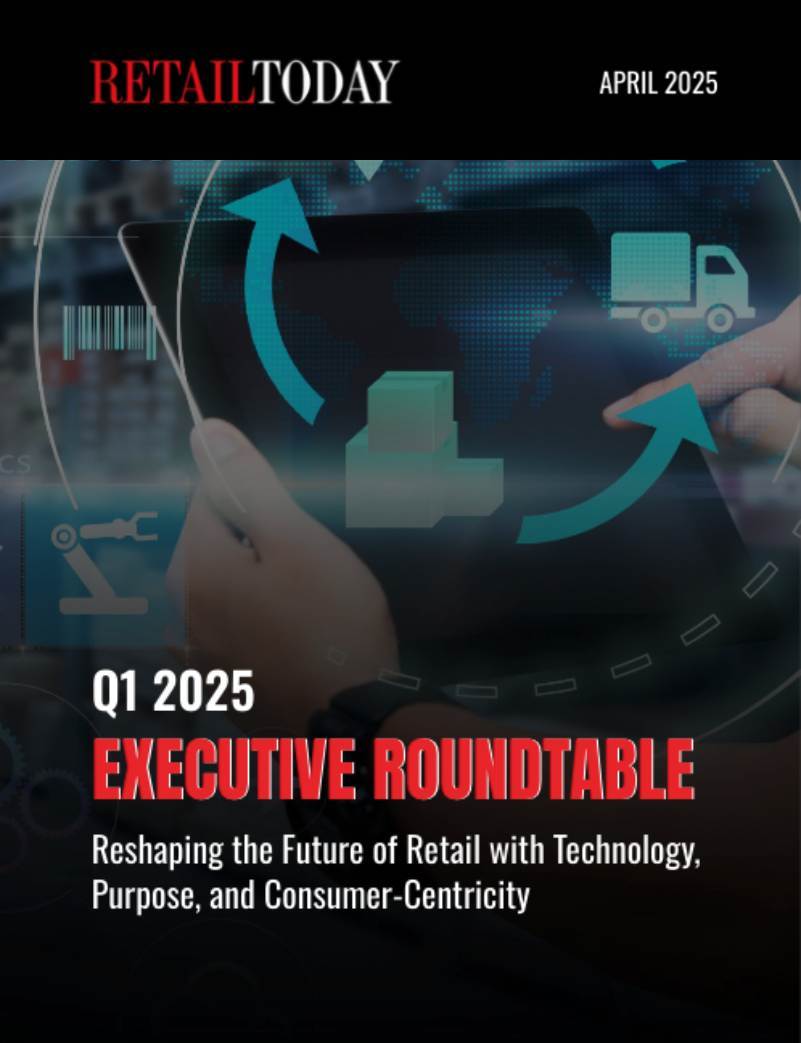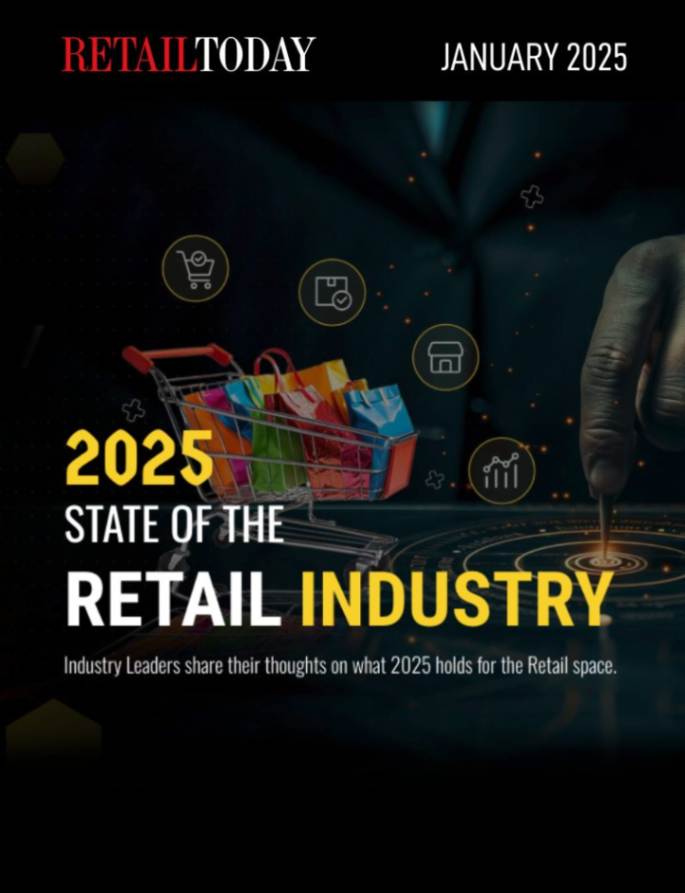
Retail loyalty programs have been around for decades, but many businesses are failing to utilize them to their full potential. It’s time to acknowledge that the traditional approach to retail loyalty is stale and needs a refresh. Instead, businesses need to up their game and leverage loyalty for what it can really deliver – long-term customer loyalty, increased revenue, and a competitive edge in the market.
Loyalty programs are not just a tool to incentivize customers to shop more often. They also provide a valuable opportunity to collect data on customer behavior and preferences, which can enable marketers to deliver more personalized experiences and also inform a wide range of business decisions.
By encouraging customers to join your loyalty program, you gain their consent to market to them and their commitment to identifying themselves when they interact with your brand. This creates a two-way dialog that allows you to collect valuable information about their shopping habits and preferences and even create advocacy opportunities. You can then use this information to drive merchandising decisions, future purchases, increased basket sizes, customer referrals and personalized, relevant experiences that will ensure your marketing campaigns are more effective.
Understanding who your best customers are and what they’re buying can help you tailor your marketing efforts to their needs. For example, if you’re experiencing a backlog of popular products, you can use your loyalty program data to communicate with customers about alternative products they might be interested in.
The benefits of retail loyalty programs go beyond just marketing and product. They can also inform staffing and merchandising decisions. If you know that your best customers always shop on Tuesday afternoons, you can ensure that your best associates are available during that time to provide a personalized shopping experience. Similarly, if you notice that certain products are consistently selling out, you can use this data to inform your inventory management strategy and ensure that you always have enough stock on hand.
Of course, none of this is possible without a strong loyalty program in place. It’s not enough to simply offer discounts or points for purchases – customers today expect a personalized, seamless experience across all touchpoints.
True brand loyalty is built on customer relationships that go beyond transactions. Loyalty programs should be designed to foster a sense of community and exclusivity, so customers feel like they’re part of something special. This might mean offering exclusive events or early access to new products, or simply sending personalized communications that make customers feel valued.
Retail loyalty programs have enormous potential to drive long-term customer loyalty, revenue growth, and competitive advantage. But in order to realize these benefits, businesses need to move beyond the traditional approach and embrace a more data-driven, personalized strategy. By investing in the right technology, fostering a sense of community, and using data to inform business decisions, businesses can leverage their loyalty programs to achieve lasting success.
Erin Raese is the SVP of Growth & Strategy at Annex Cloud and responsible for the partner development and corporate marketing functions at Annex Cloud. She also brings an unparalleled customer loyalty strategy and innovation expertise. As a passionate loyalty strategist, Erin has focused her career on helping organizations build profitable relationships with their customers, develop long-term brand loyalty, and increase customer retention and revenue in both B2B and B2C environments. She is equally passionate about spending quality time with her son and golden retriever and giving back through mentoring.






